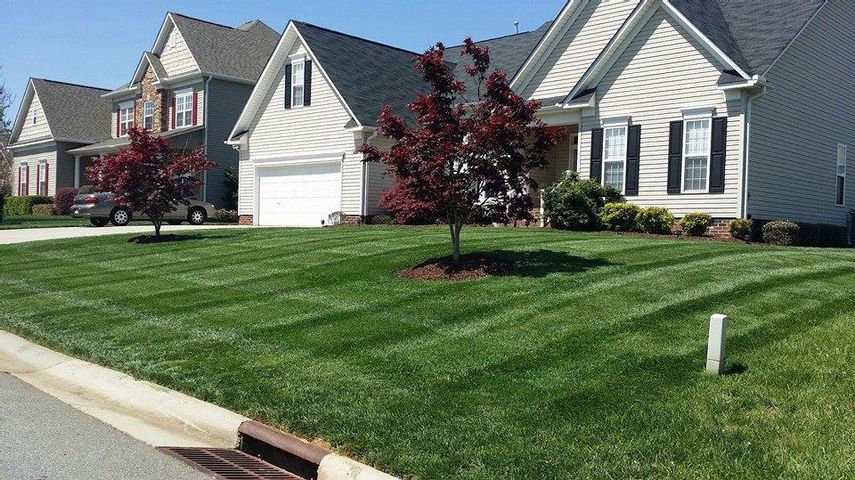Winter fertilizer and treating broadleaf weeds

Winter Fertilizer and treating for broad leaf weeds
There is a slogan, “fall is for planting” and it is for good reason. Everyone knows the most active growth phase for tall fescue laws is the spring and summer months. That is because of the long days and warm temperatures. As the temperatures drop in the beginning of the winter, the plants (grass) protects the exposed parts from the falling temperatures and growth begins to slow.
However, the roots of the grass are still getting the food from the exposed parts above when the growth has slowed. When the winter fertilizer is applied, there is a higher concentration of nutrients; the roots go through a growth spurt that is actually larger than the above-ground growth it supports.
This “improved”root system is not only able to absorb higher amounts of water and soil nutrients come spring, but it has stored quite a bit of food that it was unable to utilize once the frost entered the soil, curtailing even its growth. Come spring, when the grass plant feels the warmer temperatures and recognizes the longer days, its life cycle has a jump start; a leftover supply of food and bigger roots.
The month of November is also a good time to treat for broad leaf weeds. During the month of September and October, aeration holes were more than likely made in your lawn to plant more grass for the year. Dirt will eventually cover these holes over time with the seed in the holes. This process enables the seed to germinate, but it also enables broad leaf weeds germinate as well. This is a good time to attack the young weeds before they mature.
Please feel free to contact us for free estimate or reach out to us with any questions. Our office number is 704-589-0713 Mon-Fri, 7:30-6:00 or you can contact us through email. randtlawntreatments.com
I hope everyone has a safe and Happy Halloween!
Kind regards,
Team from R&T Lawn Services, Inc.
About the Business
(16 reviews)
Have a question? Ask the experts!
Send your question

